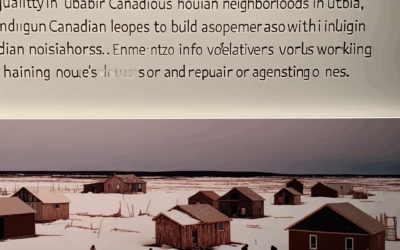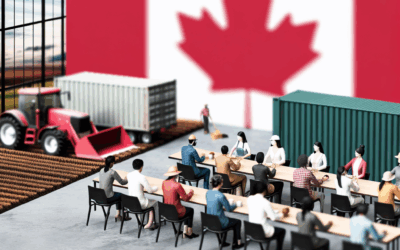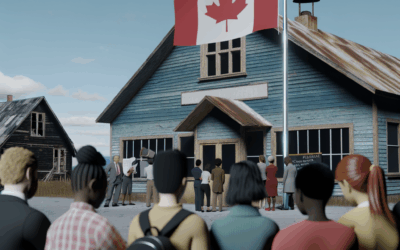New Polls Show Tight Race as Federal Election Nears
As Canada heads toward a snap federal election on April 28, 2025, fresh polling data from Ipsos reveals a dramatically tightening race, signaling a major shift in voter sentiment across the country.
According to the latest Ipsos survey conducted in early April, the Liberal Party has surged to 38% national support — up significantly from just 22% in February. This jump follows Mark Carney’s appointment as Prime Minister, replacing Justin Trudeau in March. The Conservative Party, which previously held a commanding lead, has dipped slightly to 36%. Meanwhile, Jagmeet Singh’s NDP sits at 17%, and the Bloc Québécois holds 6% nationally (with a stronger presence in Quebec). The Green Party and People’s Party of Canada trail at 2% and 1%, respectively.
The Liberals’ rapid climb is being credited largely to Carney’s steady handling of escalating tensions with U.S. President Donald Trump. Trump’s return to the White House — and his reintroduction of tariffs on Canadian steel and aluminum — has pushed trade and foreign policy to the forefront of Canadian political debate. Ipsos data also shows that 54% of Canadians now say they trust Carney more than Conservative leader Pierre Poilievre to handle U.S. relations, an area previously seen as a Conservative strength.
This so-called “Trump effect” has become a defining issue of the 2025 campaign. Beyond tariffs, Trump has floated additional duties on pharmaceuticals and cross-border shipping fees, drawing sharp criticism from Canadian leaders across the spectrum. The Ipsos poll suggests that a growing number of Canadians see this election as a referendum on how to assert Canada’s sovereignty in the face of American pressure.
For Canadians, the implications are substantial. Economic stability, national identity, and the country’s geopolitical stance are all in play. With the Liberals and Conservatives now statistically tied within the margin of error, the outcome may hinge on turnout, regional dynamics, and how the final weeks of campaigning unfold.
As the election date approaches, voters are encouraged to stay engaged, informed, and ready to cast a ballot in what could be one of the most consequential elections in recent Canadian history.



